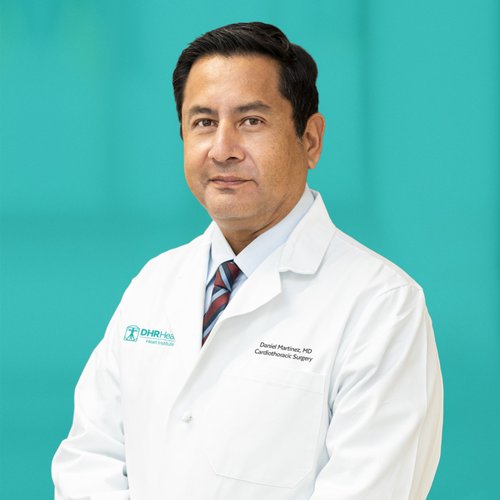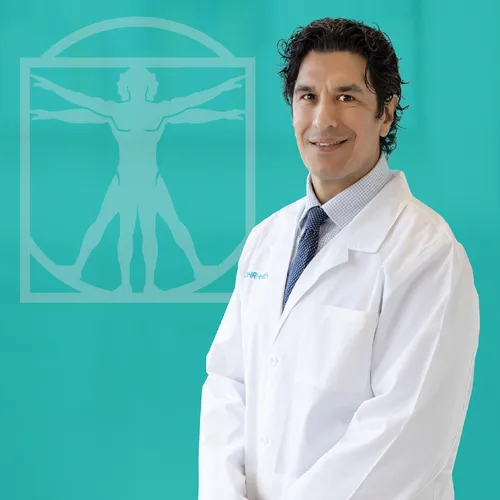

Your heart is in good hands.
As the premier cardiology program in the Rio Grande Valley, the DHR Health Heart Institute provides a wide range of diagnostic and interventional procedures for the treatment of cardiac and peripheral vascular disease. We combine the latest technology with patient-focused care to create the best healing environment. With the largest cardiology group south of San Antonio and 15+ locations across the Rio Grande Valley, we strive to deliver convenient access to high quality care when it’s needed most. DHR Health is proud to offer a Structural Heart, Valve and Endovascular Disease Program that provides innovative, multi-specialty care for patients with advanced heart disease.
Services
Find the care you need
Our Physicians
Find the care you need
Our Locations
DHR Health
Care For You. For Life.
Our Physicians
DHR Health is majority owned by the same doctors that treat patients every single day. Choose from our wide range of specialty clinic doctors, physician-partners, and hospital staff.
Find a Doctor



















